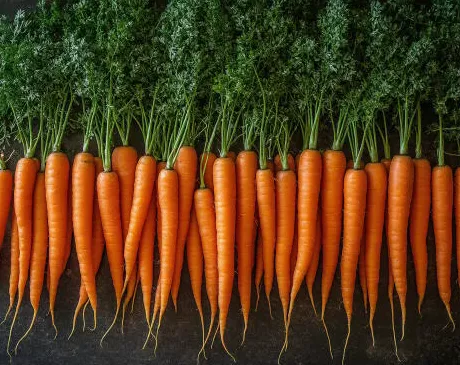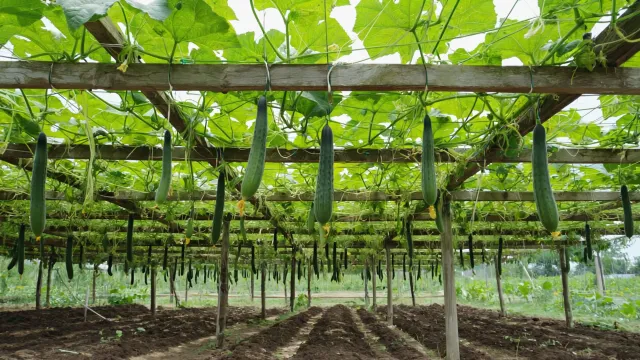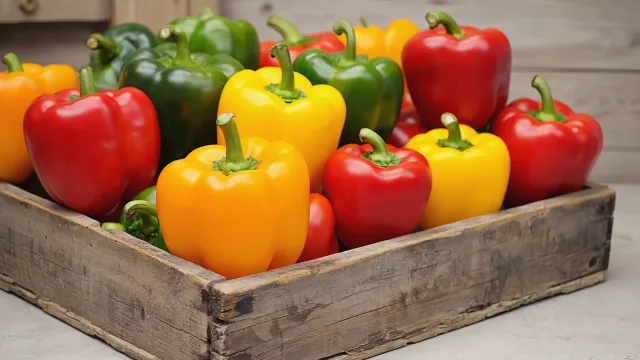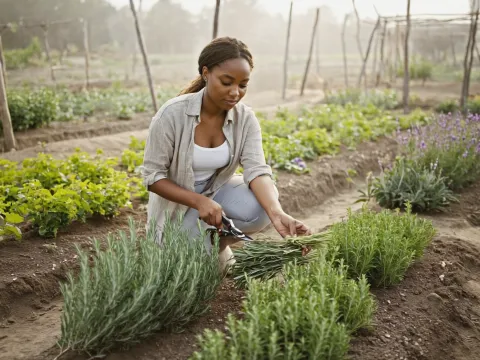Published on May 28, 2025
Last updated: June 3, 2025 · ⏱ 4 min read
How to Grow Juicy Carrots in Containers or Small Spaces

Growing Carrots in Containers: An Introduction
Carrots are one of the most versatile and nutritious vegetables you can grow, and the good news is that you don't need a sprawling garden to cultivate them. Whether you live in an apartment with a small balcony or a house with a limited yard, you can successfully grow juicy carrots in containers. This guide will walk you through the essential steps to cultivate your own vibrant crop of carrots, focusing on the best varieties, containers, soil, and care techniques that will help your plants thrive.
Choosing the Right Carrot Varieties
The first step in growing carrots in containers is selecting the right variety. Not all carrots are created equal, and some are better suited for container gardening than others. Shorter varieties, such as 'Paris Market' or 'Nantes', are ideal for pots because they have a compact growth habit. These varieties mature quickly and can adapt to limited soil depth, making them perfect for small spaces. Consider your local climate and the time of year when choosing your seeds. Look for varieties that are well-suited for your growing conditions.
Selecting the Perfect Container
The right container can make all the difference in your carrot-growing success. Choose a container that is at least 12 inches deep to allow for adequate root growth. You can use a variety of containers, such as plastic pots, wooden boxes, or even fabric bags. Ensure that your chosen container has drainage holes to prevent waterlogging, which can lead to rot. If you’re using a recycled container, make sure it's clean and safe for growing edible plants. Consider the size of your container; a larger pot can accommodate more carrots, allowing for a more abundant harvest.
Preparing the Soil for Optimal Growth
Soil quality is crucial for growing healthy carrots. Carrots thrive in loose, well-draining soil that is rich in organic matter. A mix of potting soil, compost, and sand can create an ideal environment for your carrots. The sand helps improve drainage while the compost provides essential nutrients. Aim for a soil pH between 6.0 and 6.8, as this range is optimal for carrot growth. Before planting, fill your container with the prepared soil mixture, leaving a little space at the top for watering.
Sowing Carrot Seeds
Once your container is ready, it's time to sow your seeds. Sow the seeds about ¼ inch deep and space them approximately 1-2 inches apart. For larger containers, you can plant multiple rows to maximize your space. After sowing, gently cover the seeds with soil and water them lightly. It's essential to keep the soil consistently moist during the germination period, which usually takes about 14 to 21 days. You can cover the container with a light cloth or plastic wrap to retain moisture while the seeds germinate.
Caring for Your Container Carrots
Proper care is vital for healthy carrot growth. Once your seedlings emerge, thin them out to allow adequate space for each carrot to grow. Aim for a spacing of about 3 inches between each plant. This will prevent overcrowding and promote better air circulation. Water your carrots regularly, ensuring the soil remains moist but not soggy. Carrots typically require about an inch of water per week, so adjust your watering based on weather conditions. Additionally, consider adding a balanced fertilizer every few weeks to provide essential nutrients.
Managing Pests and Diseases
Container gardening can help mitigate some pest issues, but it's still essential to keep an eye out for common carrot pests such as aphids, carrot flies, and nematodes. Use organic pest control methods, such as neem oil or insecticidal soap, to manage infestations. Regularly inspect your plants for signs of disease, including yellowing leaves or wilting. If you notice any issues, take action promptly to prevent further spread. Crop rotation and good sanitation practices can help reduce disease pressure.
Harvesting Your Juicy Carrots
After about 60 to 80 days, your carrots should be ready for harvest, depending on the variety you planted. To check if they are ready, gently dig around the base of one carrot to see the size. Carrots can be harvested when they reach a desirable size, typically when they are about 1 inch in diameter. To harvest, pull them out carefully to avoid breaking them. If you experience resistance, use a garden fork to loosen the soil around the roots. Once harvested, shake off excess soil and rinse the carrots under cool water.
Storing Your Harvest
Proper storage is key to enjoying your homegrown carrots for an extended period. After harvesting, remove the tops and store the carrots in the refrigerator. You can place them in perforated plastic bags to retain moisture while allowing for air circulation. If you have a larger harvest, consider blanching and freezing some of your carrots for later enjoyment. This method preserves their flavor and nutritional value, allowing you to savor your homegrown carrots long after the growing season has ended.
Tips for Successful Container Carrot Gardening
To maximize your success when growing carrots in containers, keep the following tips in mind:
- Choose the right varieties suited for container gardening.
- Ensure your containers have adequate drainage.
- Use quality soil that is loose and well-draining.
- Water consistently, especially during dry spells.
- Practice good pest management techniques.
- Monitor growth and adjust care as needed.
By following these simple yet effective tips, you can enjoy a healthy harvest of sweet, crunchy carrots even without a traditional garden. Container gardening makes it easy to grow fresh produce on balconies, patios, or windowsills—bringing the farm-to-table experience right to your home.

Written by Soufyan from GrowToGrub
Soufyan is a gardening educator and founder of GrowToGrub. Through simple guides, easy recipes, and practical life hacks, he helps everyday growers turn small spaces into sustainable, delicious, and chemical-free living.


